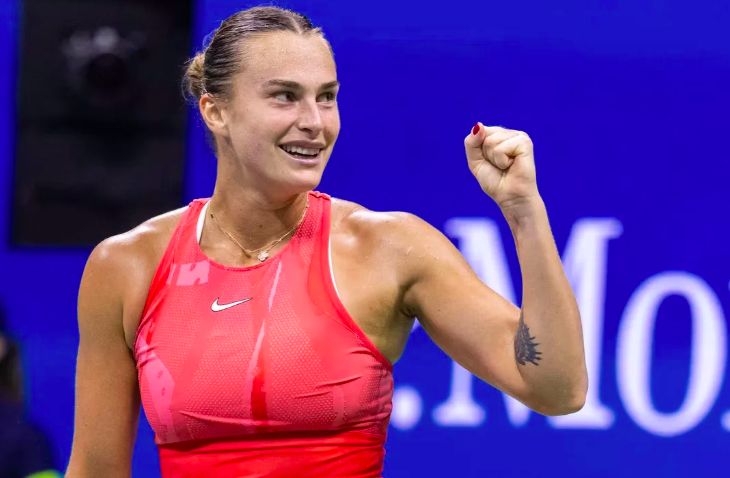
A year ago, Aryna Sabalenka won her first Grand Slam with a mix of muscle and mayhem—a player learning to control her own fire. Now, after her emphatic title defence in Melbourne, she’s something more: the most physically imposing, mentally grounded force in women’s tennis.
This wasn’t a breakout. This was a statement. Sabalenka didn’t just defend her crown—she owned it. No dropped sets. No late-match drama. Just pure, composed dominance from start to finish.
And the scariest part for her opponents? She’s not peaking. She’s settling in.

A New Layer of Control
In the past, Sabalenka was known for double faults, emotional turbulence, and streaky brilliance. She could hit anyone off the court—or hit herself out of a match. But not anymore.
Her serve has evolved from liability to weapon. Her forehand is still a cannon, but now calibrated. And her movement—once exposed under pressure—is compact and aggressive. She’s no longer running hot. She’s running cold-blooded.
What used to be chaos is now calculation. The power hasn’t faded. The precision has caught up.
A Rivalry Awaits
Sabalenka’s resurgence comes at a fascinating time for the WTA. Iga Świątek, still world No. 1, had a shock early exit. Coco Gauff is climbing fast. Elena Rybakina remains dangerous. But Sabalenka has done something none of them have: win a second Slam, and do it in commanding fashion.
The tour is on the cusp of a rivalry boom, and Sabalenka is positioned to be at its center—not as a wildcard, but as a constant.
There’s talk of a “Big Three” forming in the women’s game. Sabalenka’s Melbourne performance may have just carved her name into that headline.
Mental Game, Upgraded
What makes her performance most impressive isn’t what’s changed technically—it’s what’s changed internally. Sabalenka is no longer reactive. She breathes between points. She resets after misses. She wins ugly when needed, and ruthless when possible.
In interviews, she’s lighter. Sharper. More focused on what she can control. It’s not Zen—it’s steel.
You don’t go through the personal and public trials she’s faced over the past two years and stay the same player. She hasn’t. She’s better. Stronger. And finally unburdened by trying to prove anything except her game.
What Comes Next?
Can she carry this momentum to Roland Garros or Wimbledon? That’s the next test. Clay has historically dulled her explosiveness. Grass has teased her. But if this version of Sabalenka travels—calm, cutting, calculating—then she isn’t just a hard-court threat.
She’s a multi-surface champion in waiting.
And the women’s game, often searching for a dominant presence, may have just found its fiercest competitor. Not because she’s loud. Not because she hits harder than anyone else. But because, for the first time, she knows exactly when not to swing big.
Sabalenka’s second Australian Open isn’t just a trophy. It’s a threshold.
She’s not trying to win one more.
She’s trying to win them all.